Rolling cars, flying rooftops, immense chaos, and uprooted trees triggered by it… Effects of tornadoes on the environment are devastating, from destroying properties, wildlife, plants, and at times taking people lives.
Tornadoes cover fairly smaller areas when compared to other severe winter storms or hurricane, but its damage is normally more ruthless causing harm to property, nature, and deaths.
While most people are aware of the immediate results of this disaster, the truth is there’s many more for a layman to understand about them. Tornadoes are different from other hazards, like hurricanes, because they are restrained to a somewhat small area (usually a few 100m wide). But its higher force density enables it to wreak a great havoc on the environment.
What are tornadoes?
Suddenly, the air becomes thick but still. The wind ends. The sky becomes green. And then you hear the warning sign of the siren asking you to take cover. This is the sequence of the tornadoes’ event. If you have ever experience or lived in a place where tornadoes occur, then you will be familiar with this event.
Tornado is one of nature’s most violent storms. It is a violent revolving column of air coming from a thunderstorm to the earth. This disaster originated from strong thunderstorms and emerges as a rotating, funnel-shaped cloud with winds of about 300 mph. This is about five times as fast as a vehicle driving with a highway!
Their travel routes are unpredictable and indiscriminate and they work like huge floor cleaners picking up all things in their paths.
When tornadoes touch the ground, they cause damage. They can cause damage in areas from 50 miles long and one mile wide. They destroy houses, mobile large buildings, toss vehicles hundreds of yards away and uproot trees. Also, tornadoes drive straw into trees. Averagely, about 1000 tornadoes happen in America yearly.
Thunderstorm clouds form the tornadoes. When warm they form, in a short time, wet air rises. As this occurs, the cool air compresses in a big cumulus cloud. Just like giving fire its food (fuel), more rising heated air builds and the cloud becomes bigger and larger. In the long run, the water in the cloud falls back to the earth as rain. When this happens, some of the cooler air comes down with it. Thereby, causing this natural disaster.
What are the effects of tornadoes on the environment?
Tornado’s effect depends on its strength. A weak tornado causes small damage to property, while a stronger tornado can destroy a large part of the affected city. A lot of thunderstorms happen but a thunderstorm that destroys the most is the tornado. The effects of tornadoes on the environment are as follows:
-
Pollution
Tornadoes’ effects on the environment are not just limited to the uprooting of trees, rolling of cars but they also give rise to environmental pollution. This occurs due to the great amount of dust that they bring in from dry areas, flying dirt of buildings brought down by them, etc.
Dust increases the possibilities of lung cancer and therefore affects the function of the lungs. In turn, it causes chronic irregularities in respiratory systems and heart problems.
Also, tornadoes reduce the fluid that leaked from vehicles to junk, thereby promoting environmental pollution by polluting the water and soil.
-
Environmental contamination
A powerful tornado can break chemical containers; destroy pipelines, which results in the contamination of groundwater with oil, asbestos, dioxides, raw sewage, and other poisonous pollutants.
Other wastes such as industrial wastes and medical wastes are also released to the environment, thereby, causing environmental contamination. Powerful thunderstorms on various occasions generate flooding and when combined with tornadoes contaminate the water and soils. This can result in long-term hazards to the environment.
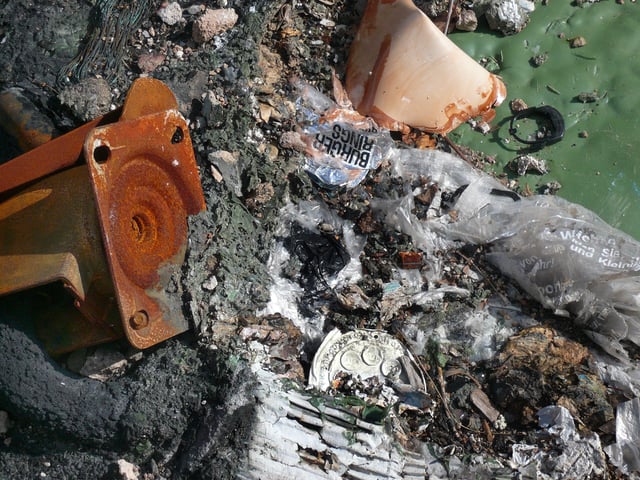
-
Injuries and Loss of life
Tornadoes rank as one of the most deadly weather patterns in the world. The death tolls from tornadoes vary considerably from a year to another. In the United States, since 2000, the death figures have ranged from 21 in 2009 to 553 this season. This is an average of 94 deaths yearly during that period.
The increase in death toll this year was partly because of the 2011 tornado super outbreak, where about 748 tornadoes happened in April alone, accompanied by a shocking tornado strike in Missouri, in May.
The Super Outbreak in April 2011 surpassed the renowned 1974 tornado season when a weather system produced about 147 tornadoes in mere 24 hours.
The tornadoes’ violent nature can lead to loss of life and cause severe injuries. Statistically, in the whole world, tornadoes cause more than 1,500 injuries yearly. And averagely, about 100 people do lose their lives each year as a result of this devastating disaster.
These figures show that tornadoes are a severe incident. The tornado that happens in the evening or at night is likely to be the deadliest because those who have gone to bed do not get to receive the tornado warning on time.
-
Household Hazardous Waste
After the destruction of homes by tornadoes, there is an immediate effect from the hazardous household waste such as cleaning products, automotive products, and workshop supplies.
These materials become exposed through the destruction and in so doing becomes a hazard to plants and animals in the city. Also, they contaminate the soil and water, thereby, making the environment a toxic one.
-
Economic loss
Tornadoes that brush through cities destroy lots of property resulting in a major economic impact and indirectly affecting the environment. For example, the Moore twister in 1999, in Oklahoma, caused a damage of about $1.1 billion. While the Joplin, Missouri tornado in 2011 damaged some properties worth $3 billion.
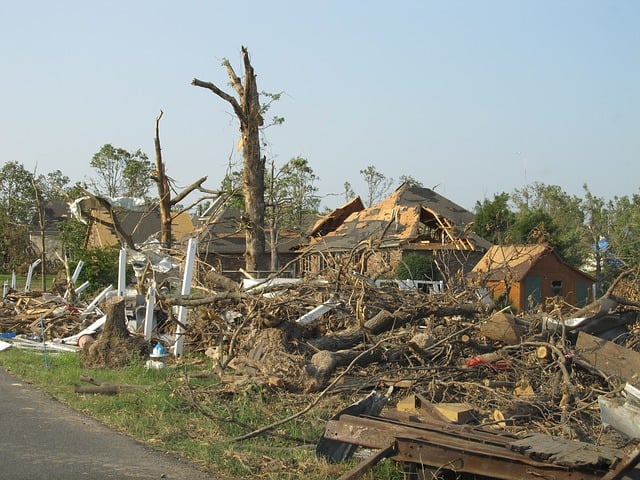
The damage costs from this disaster annually vary significantly. Years like 2011 had some significant damages, while others do not.
Going back as 1950 signifies that the damage caused by tornadoes yearly range from as low as $100 – $200 million to as high as $7 – $8 billion. This variability comes from the random nature of tornado strikes; the chances are low that a tornado will hit any urban area in a year. But when tornadoes do hit the cities, they result in a great amount of damage.
Also, this could cause serious harm to a nation’s economy. A powerful tornado is so strong that it destroys a house in seconds, therefore, rendering the household homeless. This, in turn, forces the family to live in crowded shelter places with minimal or no sanitary facilities. Then causes a break out of communicable water-borne diseases like dysentery, cholera, protozoa infections.
Other economic effects of tornadoes include the increase of the insurance fees after payouts, which can put the devastated family into a financial limbo. This might result in theft and unrest in society.
-
Destruction of vegetation
Tornadoes are powerful enough to uproot trees and vegetation along their path. In fact, a tornado that occurred in CBS Sacramento, on May 25, 2011, uprooted up to 25, 000 almond trees. Farmers living in the area said that it would take at least 5 years to re-plant the trees and become cost-effective again.
Also, rubble that falls through this disaster can damage plants. It can kill plants that took about 50 years to grow. In 1953, one powerful tornado destroys vegetation worth about $4.3 billion.
Also, tornadoes cause deposition, erosion, and weathering. Large trees are usually pulled out by the tornado and carried to another place. This loss of vegetation could cause soil erosion and landscaping. Furthermore, a strong tornado is capable of destroying a healthy soil by washing away the topsoil, which is important for nourishing plants.
-
Flash Flooding
Flash flooding is the major cause of death during thunderstorms and tornadoes. The damage to the environment from flash flooding is obvious; damaging animal habitats and supply of food. It also spreads hazardous chemicals and materials into the homes of local animals and birds.
After this great disaster, there is a large amount of industrial and household waste washed into the lakes, rivers, and water drains, which affects the environment for a long time.
-
Effects on the ecosystem
Alongside plants, animals are also affected by this natural disaster as a lot of animals die an awful death under falling trees. In addition, it causes habitat loss for some species of animals because tornadoes bring down a lot of trees from the forest.
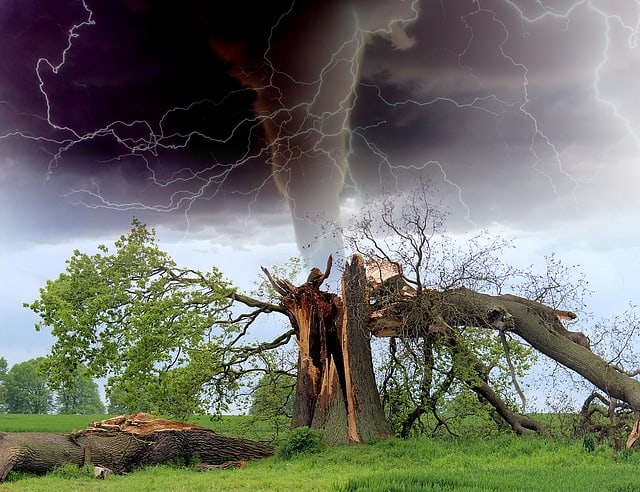
Also, when a tornado pulls up the trees, it enables sunlight to penetrate the section of the forest that was covered before, thus, affecting the animal habitats. It can destroy the entire habitat, displacing and killing large numbers of animals.
-
Asbestos Debris
After a tornado, one of the most dangerous materials made by man that becomes a danger is asbestos. The destruction of garden sheds and homes by a tornado releases a great amount of asbestos in the atmosphere and on the ground.
This becomes a highly poisonous material to humans, and can also be a great danger to the environment by creating a lot of harmful asbestos in the soil. This threatens the native animals’ habitat and poison water supply.
Also, tornadoes can throw the asbestos miles away, breaking it into smaller parts, thereby making it difficult to locate when cleaning up.
-
Forest Fires
Fires from Alaska and western United States are started by lightning strikes that occur before, during or after the disaster. Fires in parklands and forests are devastating for plants and animals in that area. It destroys their natural habitat, which can take many years to recover.
-
Psychological effects
A study by the American Psychological Association shows that tornadoes may result in long-term mental problems. Those who are directly involved in this incident show strong emotional responses, which could be normal or abnormal.
Tornadoes can trigger traumatic recollections where the sufferer relives the event, experiences grave depression, withdrawal, anxiety, and great fear for loss and death.
-
Lightning
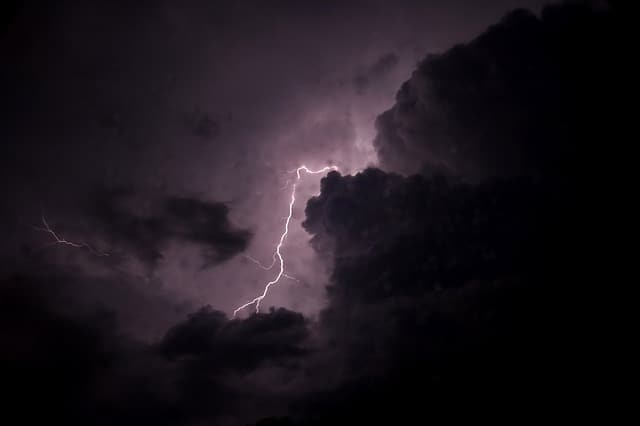
In many cases, tornadoes come with lightning strikes which can start bush and forest fires. It also uproots old growth trees that give habitat to local animals.
Conclusion
When you think about the size of Earth, tornadoes might have a smaller effect on the whole environment. But the places where the tornadoes occur are usually greatly affected.
Tornadoes destroy property, injure and kill people, destroy communication, have a great financial effect, and create severe anxiety. Though they happen for a short time, they actually have the tendency to create turmoil as they move across a place, leaving it in a complete mess.
Tornadoes have a speed of about 70 – 80 miles per hour with its winds rotating at the speed of 200 miles occasionally. This is the speed that adds to the destructive power of the tornadoes, thereby causing destruction along their path.
With such speed, it is hard to predict their future plan, and before you understand what is going on, these twisters had ripped through the town and left everything in shambles. While a weak tornado might just uproot trees without deep roots, a powerful tornado can destroy a whole concrete structure with its power.
Apart from rolling cars and flying roofs that occur during the disastrous force of this twister, it also has the tendency to kill people by trapping them in the rubble of their homes.
Tornadoes occur all over the world destroying properties, wildlife, plants, and at times taking people’s lives. A single tornado can cut down a lot of trees along its path, which can later affect the ecological balance of the environment which is already under threat due to human activities.
These negative effects had made tornadoes become one of the most destructive forces of nature. While some people may debate that there are some positive effects of tornadoes; like helping in pollination. There is certainly no doubt about the fact that the positive side has been overshadowed by the negative effects of tornadoes on the environment.

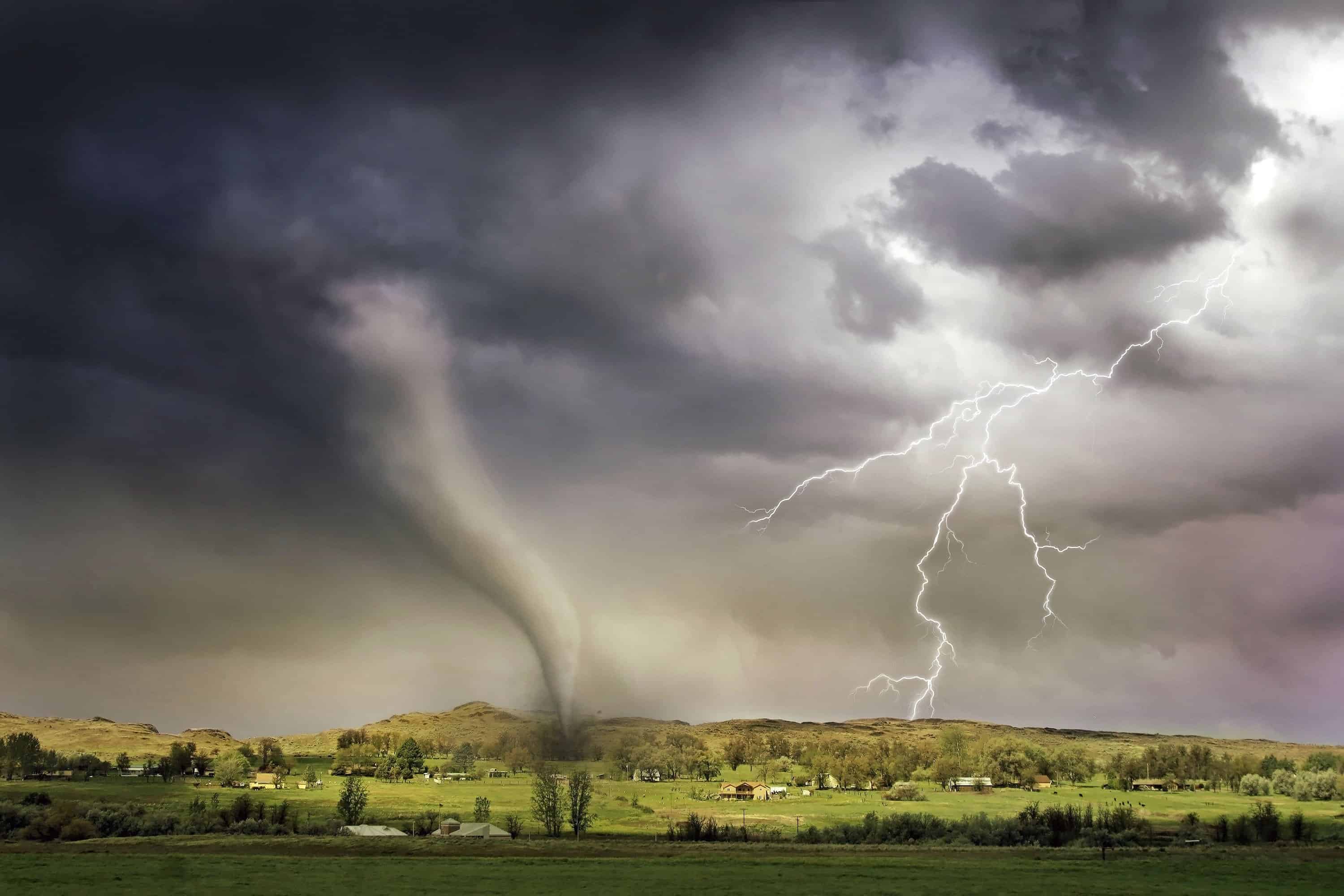
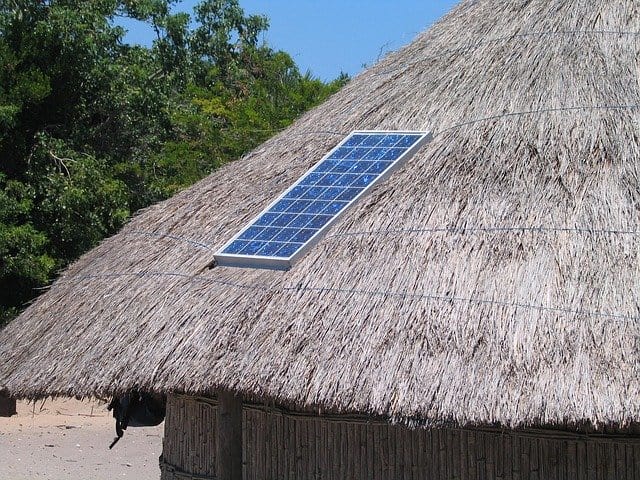

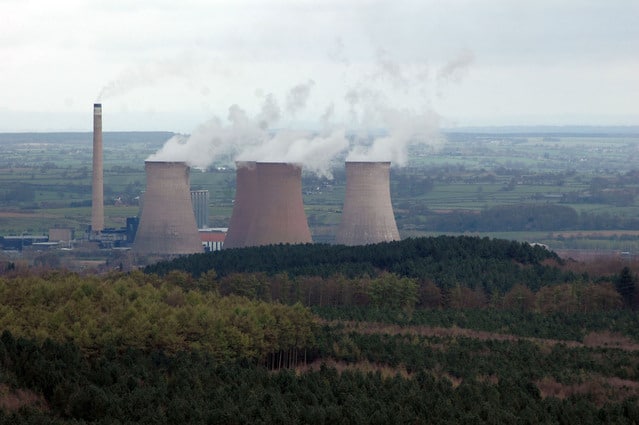
I’m learning about tornados so this is so cool.
this is cool
??
I am doing a project in seventh grade for social studies so this helped a lot